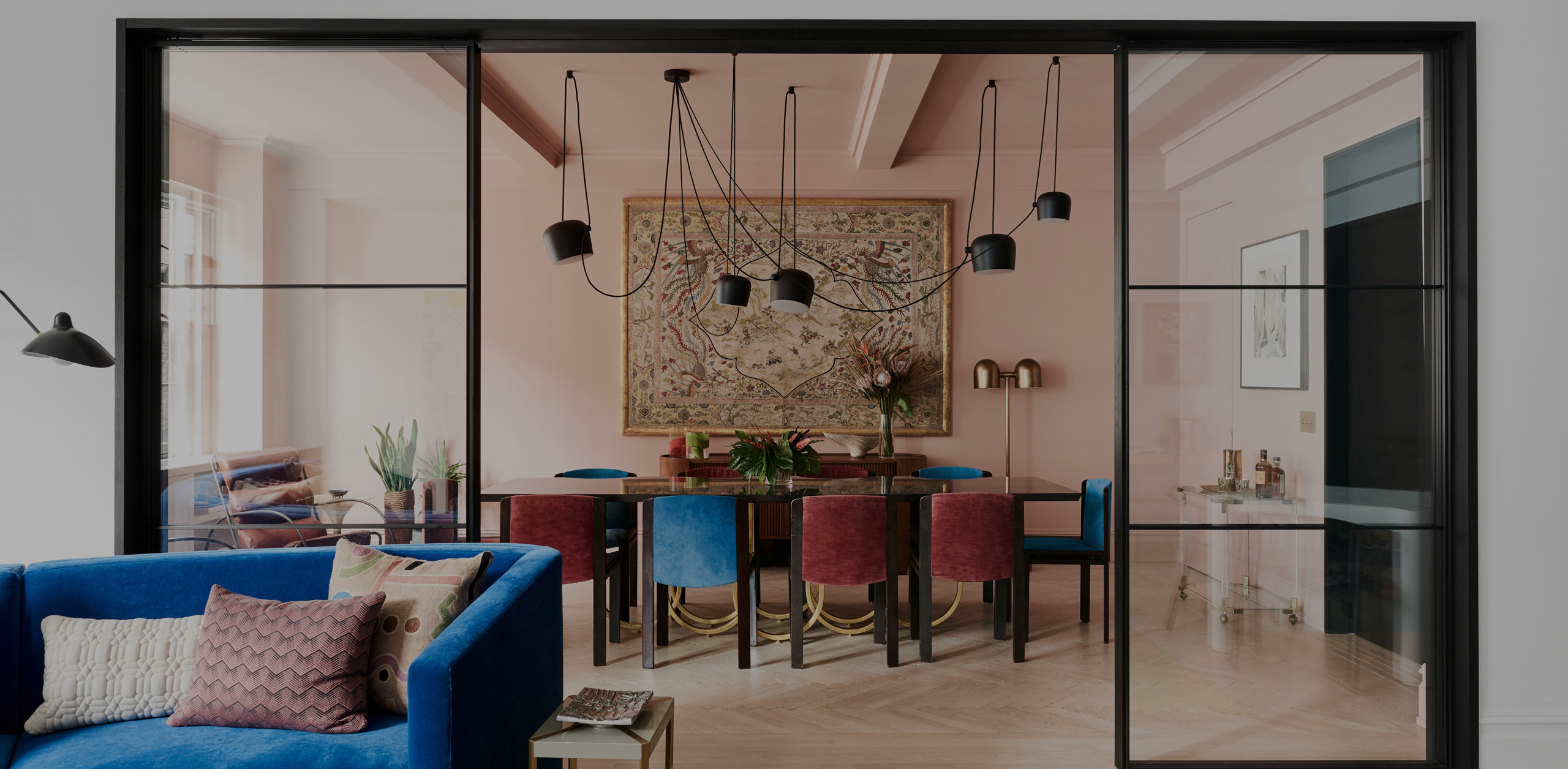Have you designed a stunning interior that deserves its time in the global spotlight? Consider entering one of the interior categories — Residential, Commercial, Educational or Transport — in Architizer’s 11th Annual A+Awards.
In my years as an interior designer, I have witnessed a disregard for my profession many times over. I have heard this sentiment coming from clients who believe they know better and from journalists who are adamant their opinions are never wrong. But, above all, I have most commonly seen this attitude coming from my peers — from architects. As vocations, architecture and interior design are intrinsically linked, in any successful project, the two entities work harmoniously. So why is it that there has been an unspoken rivalry between the two fields?
Firstly I’m going to caveat this piece by stating that I say all of this from my personal experience, and I recognize that it is not the case that all architects feel this way. Many of the most influential mentors and friends I have are outstanding architects who have nothing but respect and admiration for the work of their fellow interior designers and vice versa. Hopefully, you fall into that category too.
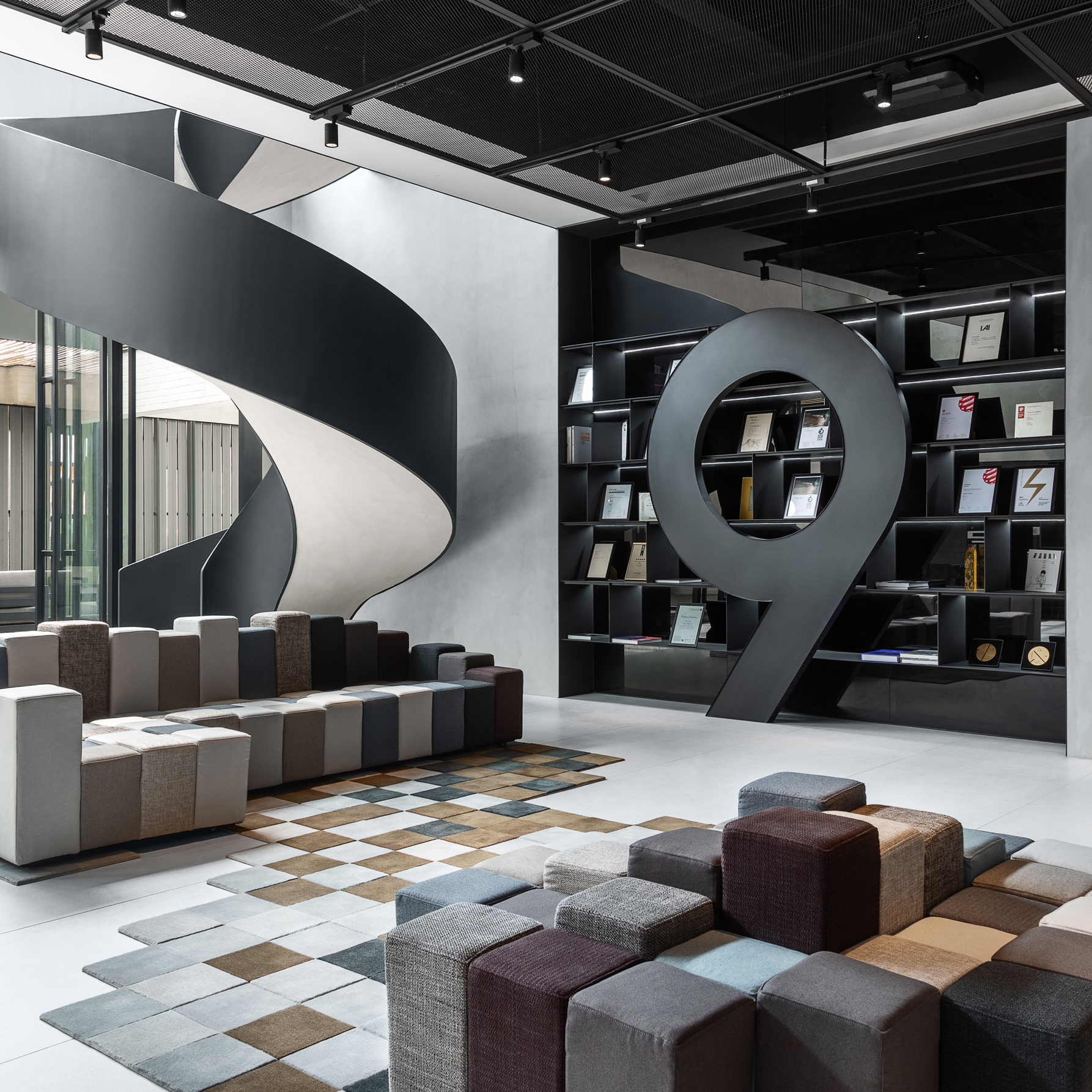
No. 9 Rhapsody by 9 studio design group, China, 8th Annual A+Award Finalist in the Small Office Interiors category.
Secondly, there is still a strong notion in architecture that interior designers don’t create space, they decorate it. Thankfully, a shift in these outdated attitudes is emerging, and I think I’m beginning to understand why.
The fact of the matter is, interior designers and architects have disputed the “rules” of design for decades — if not centuries — with each believing that their opinion is of a higher order than the other. However, architects and interior designers alike are finally beginning to recognize that the two fields achieve the greatest results when intertwined, hand in hand. Great architecture elevates its interiors while exquisite interiors enhance considered architecture.
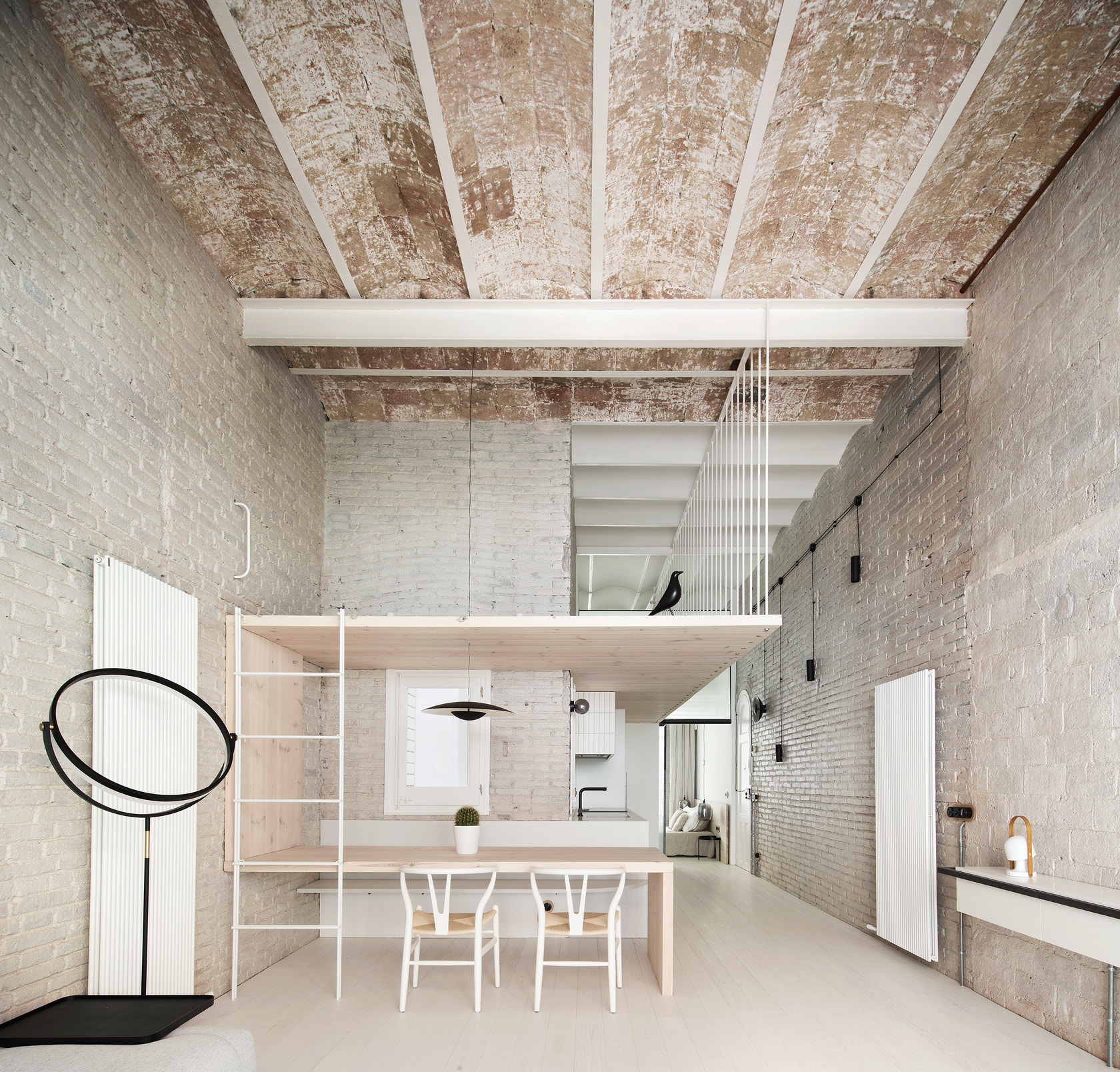
Nil Dos House by Valentí Albareda Studio, Spain, 9th Annual A+Awards Popular Choice Winner in the Small Residential Interiors category.
Interior design is no longer solely about aesthetics. Thanks to technology, in recent years the psychological aspects of interior design have been investigated in more depth. Human-centric design strategy has become vital in the production of functionally successful spaces. Various industries and individuals are turning to interior designers in order to solve many of society’s health and happiness issues when establishing their design strategies. From the lighting levels for optimal working or reducing anxiety with acoustics. Thanks to the research of human behaviors, the scope of interior design has developed into a discipline that affects human life and how a spaces makes us feel.
With technological advancements, interior design psychology has become a nuanced matter — one that not only requires an excellent interior design strategy but also an exceptional architectural approach from the outset. In the past, educational establishments have directed the two sister disciplines independently. Interior design as one field and architecture as another. Each with its own — oftentimes conflicting — goals. It has led to exacerbating the disconnect between the two fields and categorizing the two entities as separate disciplines whereby, in reality, one cannot exist without the other. Each area needs to acknowledge the importance of the other.
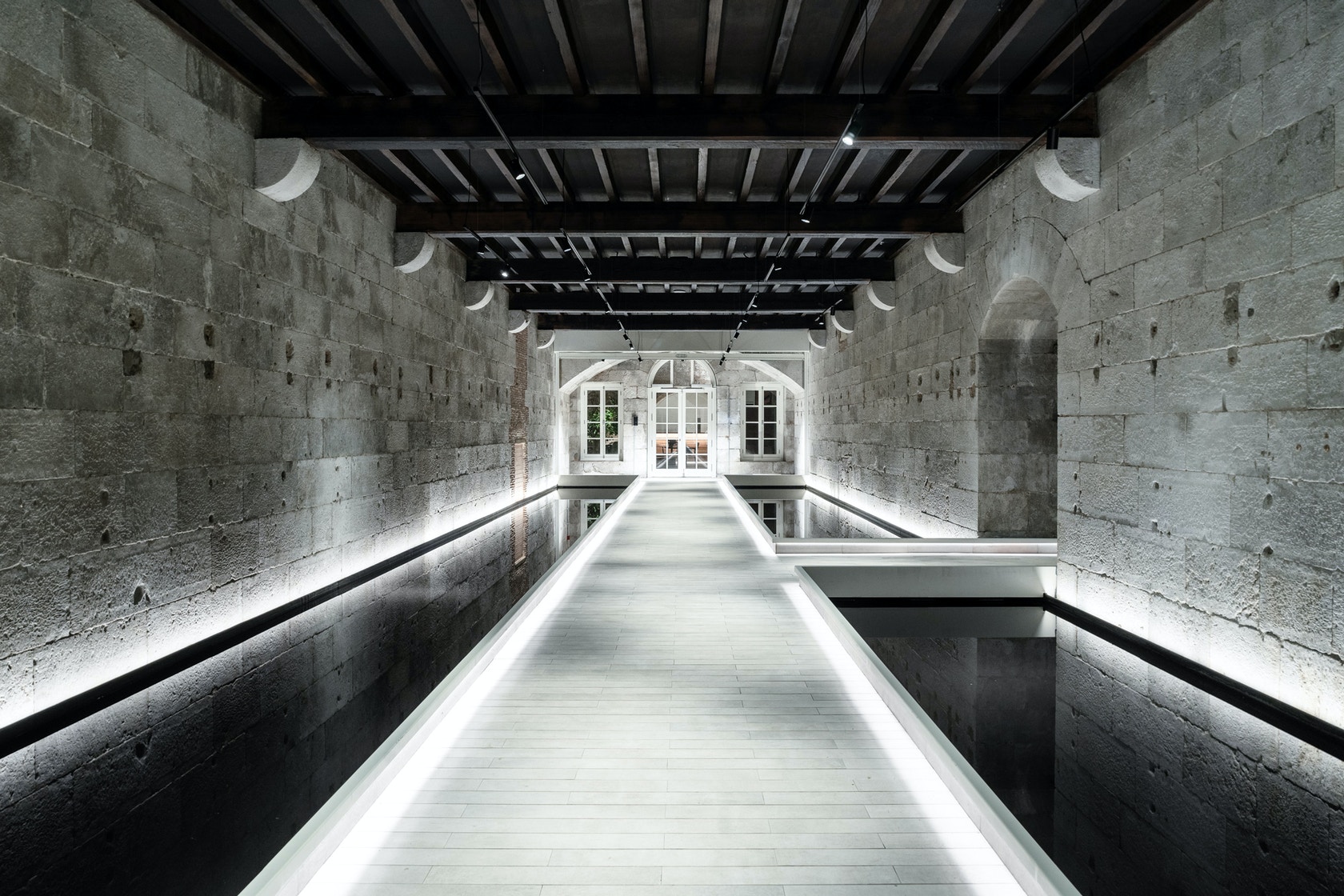
Xapo Bank Headquarters by Lagranja Design, Gibraltar, 9th Annual A+Award Popular Choice Winner in the Small Office Interiors category.
Thankfully, in practice, we have seen a considerable rise in multi-disciplinary studios. Whether in large firms or smaller offices, the preference for a diverse team of designers that can take a project through its entire development has fast become the favored model of today.
This cross-practice working has enabled a sharing of knowledge and begun to break down the barriers between the disciplines and develop a better relationship between the two fields. It has produced some outstanding projects and has enabled interior designers to shake the preconceived notions that all they do is pick curtains and cushions allowing them to capture some of the respect that lands upon architecture but often falls short of interior design.
At Architizer, we understand the symbiotic relationship between interior design and architecture. In our Annual A+Awards program there are a host of categories that showcase the very best of the world’s interior designs — from Commercial Interiors to Residential Interiors, as well as Transport Interiors. Plus, this year we are enthused to introduce a new category celebrating Educational Interiors. Consider entering your project for global recognition alongside the world’s best architects and designers!
Pictured at top: One Embarcadero Center Lobby by Gensler, San Francisco, CA Finalist, 9th Annual A+Awards, Office Interiors (<25,000 sq ft)
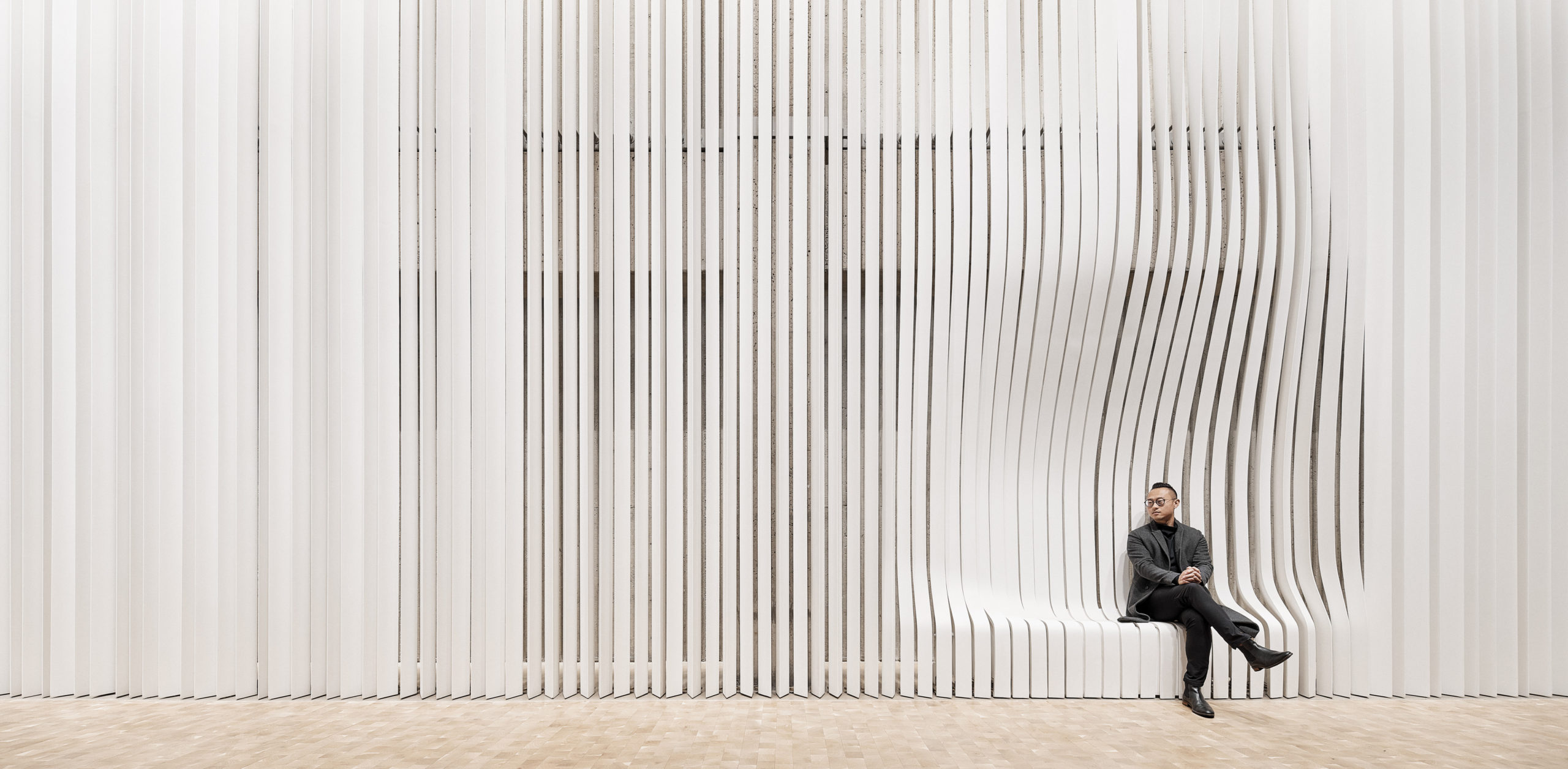
 Gensler
Gensler 
